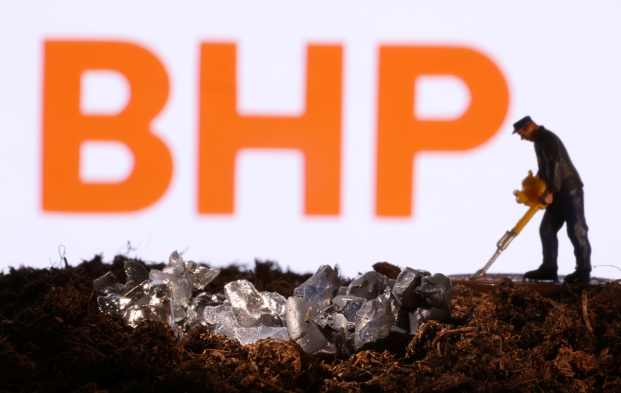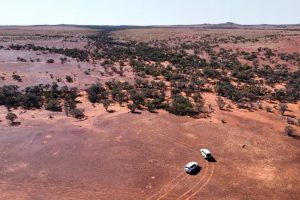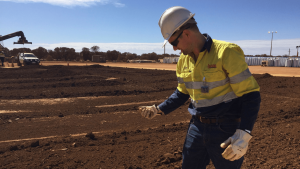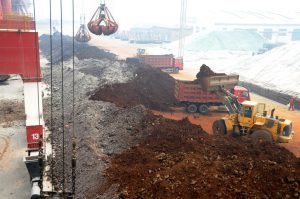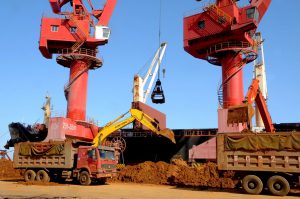BHP Group on Tuesday joined rival Rio Tinto in warning that a tight labour market, supply-chain snags and inflationary pressures will continue through to fiscal 2023, and reported a fourth-quarter iron ore output that missed estimates.
Global miners have been struggling to overcome Covid-19-related labour shortages and soaring production costs as iron ore prices come off their 2021 highs on rising recession risks and cooling demand in top consumer China.
Last week, Rio blamed a tight labour market and rising inflation while reporting misses across the board in its second-quarter production update, which dragged it shares by nearly 3%.
“Over the year ahead … the continuing conflict in the Ukraine, the unfolding energy crisis in Europe and policy tightening globally is expected to result in an overall slowing of global growth,” BHP chief executive Mike Henry said.
ALSO SEE: US Senate to Vote on Semiconductor Bill on Tuesday
Iron Ore Output Down
BHP, the world’s largest miner by market value, said on Tuesday that iron ore output from Western Australia was 71.7 million tonnes (Mt) in the three months to June 30, falling short of a consensus estimate of 76 Mt and 72.8 Mt it reported a year ago.
However, the midpoint of BHP’s forecast for 2023 iron ore production for the region — of between 278 Mt and 290 Mt — was marginally higher than the 282.8 Mt it produced this year.
BHP’s annual output met its projection of 278–288 Mt, in a year that saw the firm complete a merger of its petroleum business with Woodside Energy Group and move away from polluting fossil fuels.
Its shares jumped 2.4% in early trading.
Coal Sales Also Down
BHP also said metallurgical coal production in Queensland dropped by about 9% in the quarter, partly hit by an increase in coal royalties by the state government.
Last month, after a 10-year hiatus, the Queensland government announced an outsized hike in royalties from coal production to capture windfall profit from rocketing coal prices, but analysts consider the impact will be limited to miners in the country.
The drop was also after the miner completed divesting 80% of its stake in BHP Mitsui coal JV (BMC) — its leading coal producing avenue — in Queensland to Stanmore Resources Ltd in May.
- Reuters with additional editing by Jim Pollard
ALSO READ:
BHP to Keep Australian Coal Mine After No Bids Received
Australia’s BHP Misses Estimates as Covid Crimps Ore Output
BHP First-Half Profit Tops Forecast, Spurs Talk of M&A




